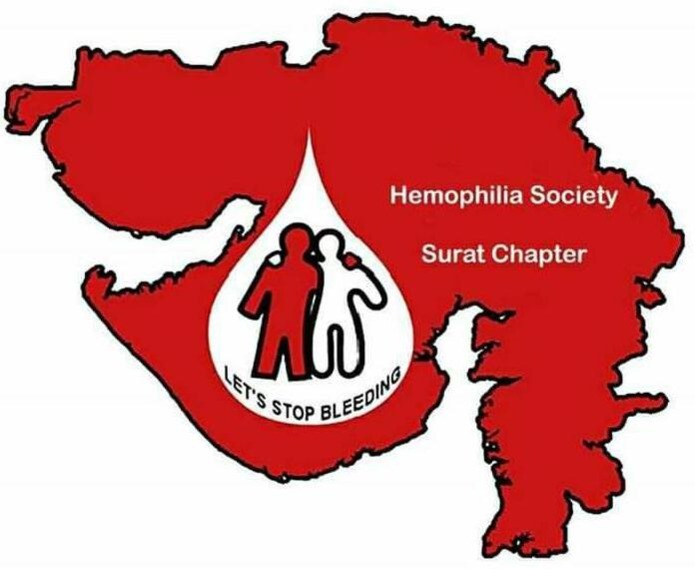What is Hemophilia?
Hemophilia is a rare genetic disorder that impairs the body’s ability to control blood clotting or coagulation. There are several types of hemophilia, but the most common ones are Hemophilia A and Hemophilia B. There are at least 13 major proteins present in the human blood that are responsible for the blood clots, in case there is bleeding. As a result, most of the time all bleeding that a person has stops and heals on their own (or with little help from outside, for e.g. applying pressure, or ice, etc.) The process of clotting is a cascade of events, like that of the collapsing dominoes, which amplify the original event. These conditions are caused by mutations in genes that encode proteins necessary for blood clotting.
Individuals with hemophilia can experience prolonged bleeding, even from minor injuries, and may have spontaneous internal bleeding, especially into joints and muscles. Symptoms vary widely, with some individuals experiencing mild symptoms while others have severe complications.
Hemophilia is typically inherited from parents who carry the faulty gene. It primarily affects males, females are
usually carriers and also can be a patient in rare cases. Treatment often involves replacement therapy, where the missing clotting factor is infused into the bloodstream to prevent or control bleeding episodes.
It has been seen that patients develop inhibitors sometimes. Inhibitors refer to antibodies that the immune system produces against clotting factors, particularly factor VIII in hemophilia A and factor IX in hemophilia B. These inhibitors interfere with the effectiveness of replacement clotting factors used in treatment.
Regular medical care, physical therapy, and medications are essential to manage the condition and prevent complications and disability.
In Hemophilia, it compels the affected man to lead the type of life that is hardly worth living with all the pain and torture and severe crippling of limbs. The cause of Hemophilia is the inability of the body to produce the anti-hemophilic factor (AHF for short) in the required quantity. There is no known cure for this disorder. The line of treatment in case of an internal bleed or external-bleed is to supplement the patient’s AHF level by fresh blood transfusion. However, in case of severe injury, the blood required may be so much that the heart would not be in a position to take the load.
Hence the need for concentrates of AHF. Fresh frozen plasma is twice as rich as fresh blood. Cryoprecipitate is twice as rich as FFP. Both these products are manufactured in India but still in many cases, the quantity required to be injected is still unmanageable by the body. In many countries, other than India, almost pure AHF has been isolated from whole blood and is so concentrated that a 50ml. injection contains AHF equivalent to almost 20 units of blood. However, being a human blood product, it is extremely costly, almost Rs.12/- per unit. And it is normal for a Hemophilic to use about 50,000 – 70,000 units annually which costs him around 600000/- to Rs. 800000/- if they have to live a healthy and bleeding-free life.

Reach Us
Hemophilia Society Surat Chapter
Ground floor, Shiv Darshan Apt.
Chanlla gali , Gopipura,
Surat-395001
In-case of Emergency
Hemophilia Care Centre
Ground floor, Stemcell building
New Civil Hospital Majuragate
Surat-395001
80000 94993
surat@hemophilia.com
